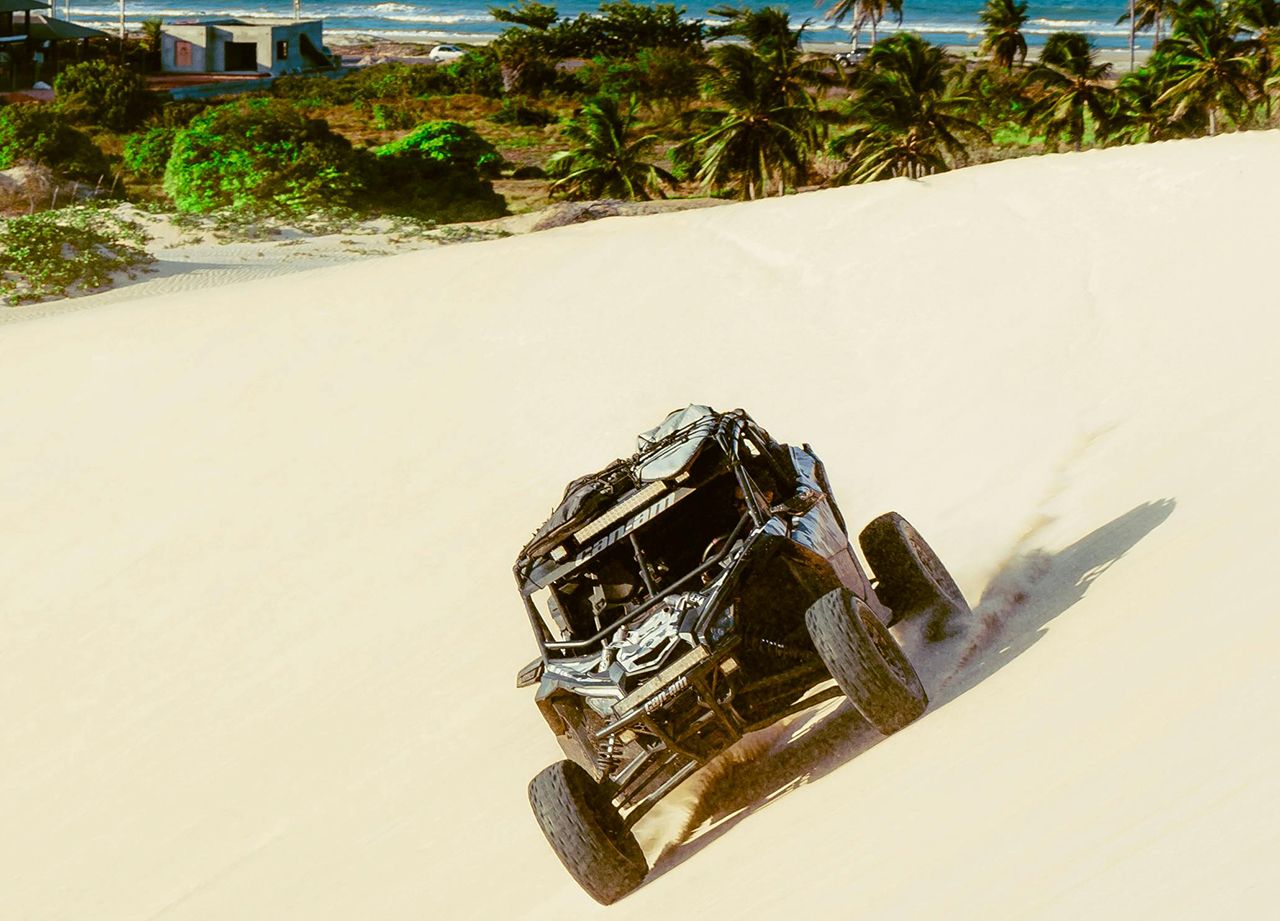In UTV riding, maintaining balanced weight distribution is essential, as failing to do so can lead to tipping, reduced control, or compromised safety. By learning the principles of weight transfer, you can boost confidence, enhance enjoyment, and ride with greater control. This article covers key concepts, tips, and best practices for safer, more exhilarating off-road adventures.

Understanding Weight Transfer in UTVs: What You Need to Know
When you accelerate, brake, or turn in a UTV, weight inevitably shifts around the vehicle. This subtle (or sometimes pronounced) movement can dramatically affect how your UTV handles corners and uneven terrain. To maintain optimal control, you need a clear grasp of how weight transfer operates—and how you can use it to your advantage. For a deeper dive into improving your ride dynamics, be sure to check out Master UTV Weight Transfer and Riding Techniques.
Below are some key aspects that reveal why weight transfer is so pivotal:
- Uneven Tire Wear: If you notice certain tires wearing faster than others, it may indicate that weight is not being distributed evenly. Excessive load on specific tires during turns or acceleration can reduce their lifespan.
- Difficulty Cornering: Improper weight transfer can make cornering unpredictable. You might experience understeer (pushing wide in a turn) or oversteer (rear sliding out) if the vehicle’s mass isn’t balanced when carving through bends.
- Reduced Traction on Slopes: Climbing or descending steep hills can become more challenging when weight transfer is mismanaged. Lack of traction on the front or rear tires may lead to wheel slip or tipping hazards.
Key Techniques for Managing Weight Transfer
Mastering how to shift your body and adjust your vehicle’s setup can vastly improve handling. Having the right equipment helps too—explore Essential Weight Transfer Safety Equipment that can support your efforts and offer added confidence on the trail.
Here are four critical elements to consider:
- Body Positioning – Lean into turns and adjust your center of gravity accordingly. Move your upper body or shift your weight to counteract the forces pulling the UTV to one side, stabilizing the vehicle and improving traction.
- Suspension Setup – Properly tuned shocks and springs are central to optimal weight distribution. Adjust rebound and compression so that your UTV remains level and predictable through corners and over rough terrain.
- Throttle Control – Smooth, consistent throttle application can help moderate weight shifts. Sudden bursts of acceleration can jolt the mass rearward, whereas easing into the throttle more gently allows you to keep the UTV settled.
- Brake Modulation – Hard, abrupt braking sends weight forward, reducing rear-wheel grip. Gently applying the brakes in a controlled manner promotes balanced weight transition, helping you maintain steering control and avoid skidding.
Putting It into Practice: Steps to Master Weight Transfer
If you’re looking for more guidance on refining your technique, check out Explore More Weight Transfer Riding Tips to expand your skill set. Here are some practical steps to get you started:
- Begin in a Low-Risk Environment – Practice on flat, open terrain first. Get a feel for how your UTV responds to steering input and body shifts, without the added complexity of extreme angles.
- Adjust Your Seat and Lean – Play around with your seating position and experiment with different levels of lean. Notice how this affects the vehicle’s stability when accelerating, braking, or turning.
- Gradually Increase Challenge – As you become more comfortable, introduce varied terrain—hills, berms, and tighter corners. Each new obstacle tests your ability to smoothly distribute weight, sharpening your control skills.
Best Practices for Effective Weight Transfer
- Stay Proactive with Maintenance: Regularly inspect tire pressure, tread wear, and suspension components. Proper maintenance ensures that your UTV’s handling remains predictable.
- Anticipate Weight Shifts: Before a turn or incline, ready yourself by adjusting your posture and prepping the throttle or brake accordingly.
- Distribute Cargo Wisely: Extra gear or accessories can alter your UTV’s balance. Stow heavier items low and centered to minimize the risk of tipping.
Seeking Further Improvement and Expert Guidance
In some cases, fine-tuning weight transfer can involve detailed suspension work or advanced riding lessons. If you feel you need extra help, consider UTV Weight Transfer Professional Guidance for a deeper level of training or adjustments tailored to your specific vehicle and style.
Remember, practice is key. The more you experiment with body position, throttle control, and braking in various terrain conditions, the more refined your riding skills become.
Main Points to Remember
Effective weight transfer is crucial for maintaining stability, optimizing handling, and elevating your overall UTV experience. Keep these essential principles in mind:
- Balanced weight distribution reduces tipping risks and uneven wear.
- Mastering body positioning, suspension tuning, throttle control, and braking helps you navigate corners and slopes with greater confidence.
- Consistent practice, proper maintenance, and professional support ensure that you continue to refine your skills and ride safely.
By focusing on weight transfer, you’ll unlock smoother rides, sharper turns, and a boost in riding confidence—ultimately making every off-road adventure more enjoyable.
